|
Chasing the Moon’s Shadow
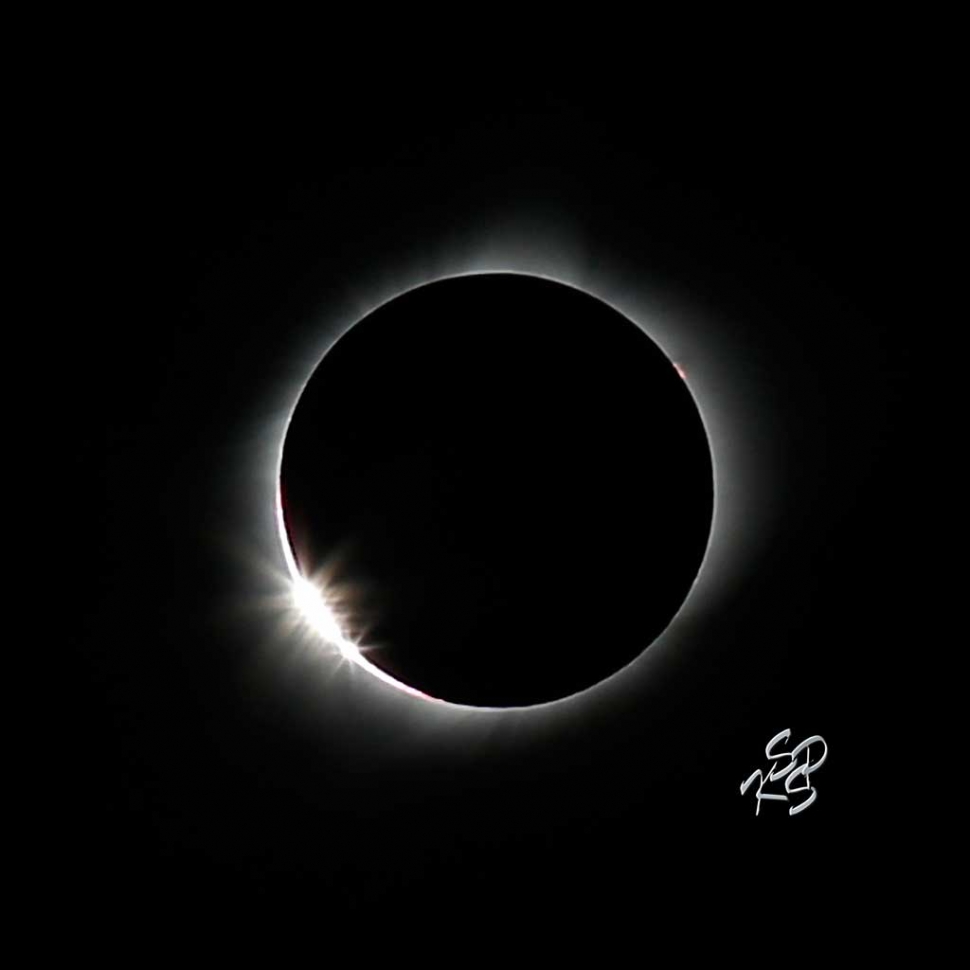 August 21st Solar Eclipse at Full Totality, in Gendo, Wyoming. Photo by Charles S. Morris - KSSP Photography Fillmore. By Charles S. Morris — Wednesday, August 30th, 2017
Fillmore's Charles S. Morris travels to Gendo, Wyoming for the total solar eclipse
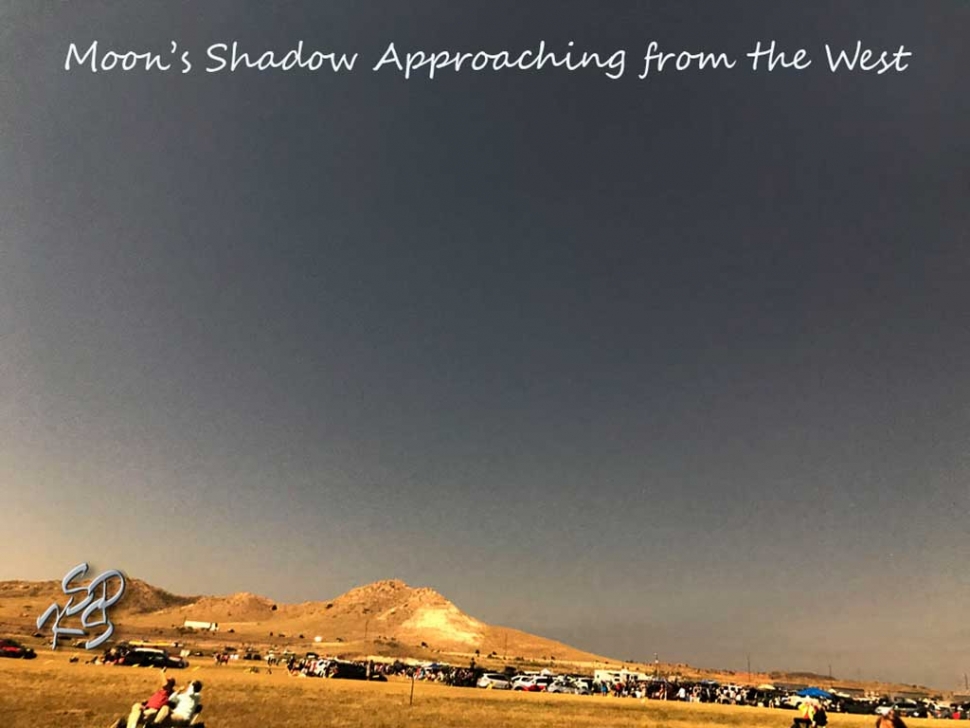 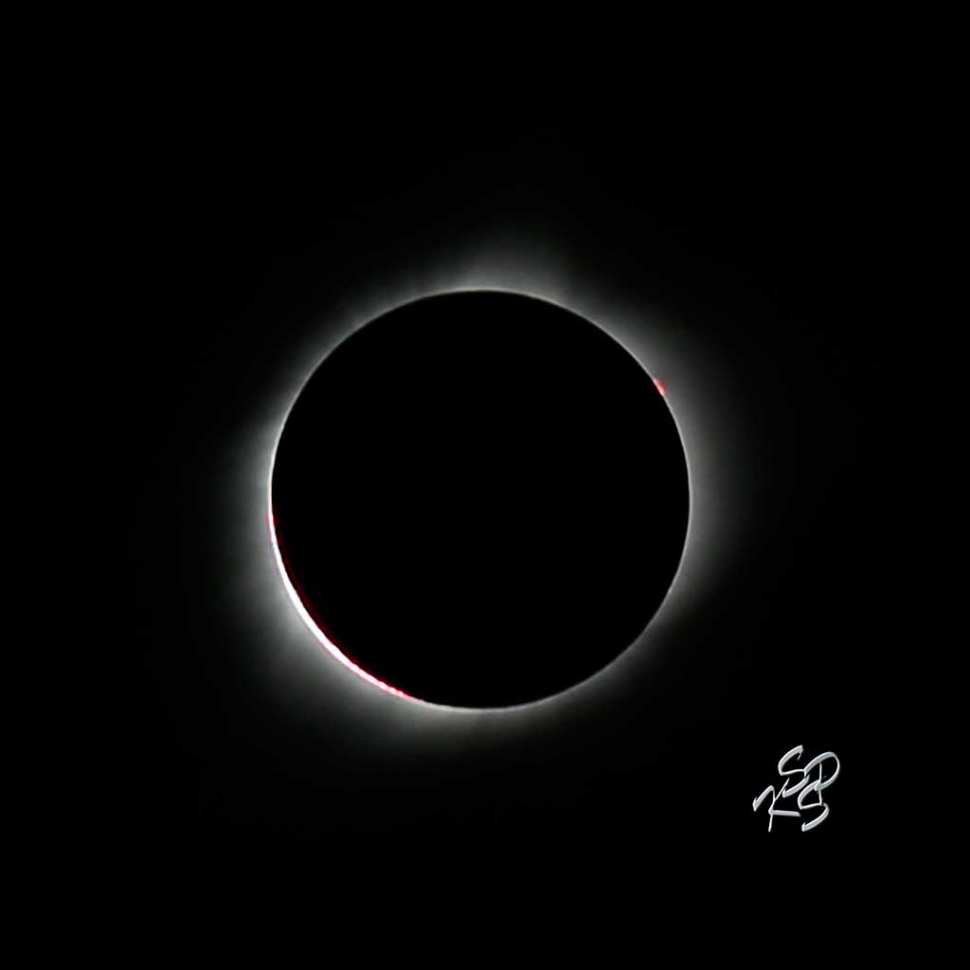 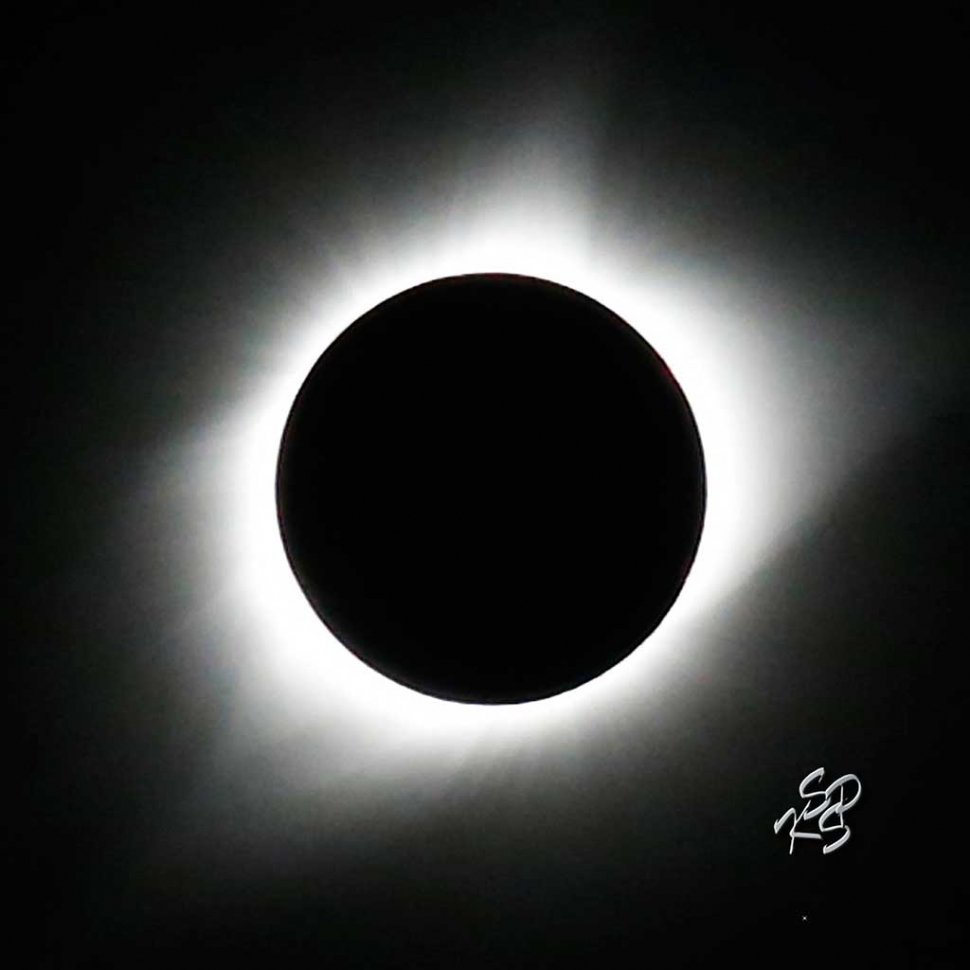 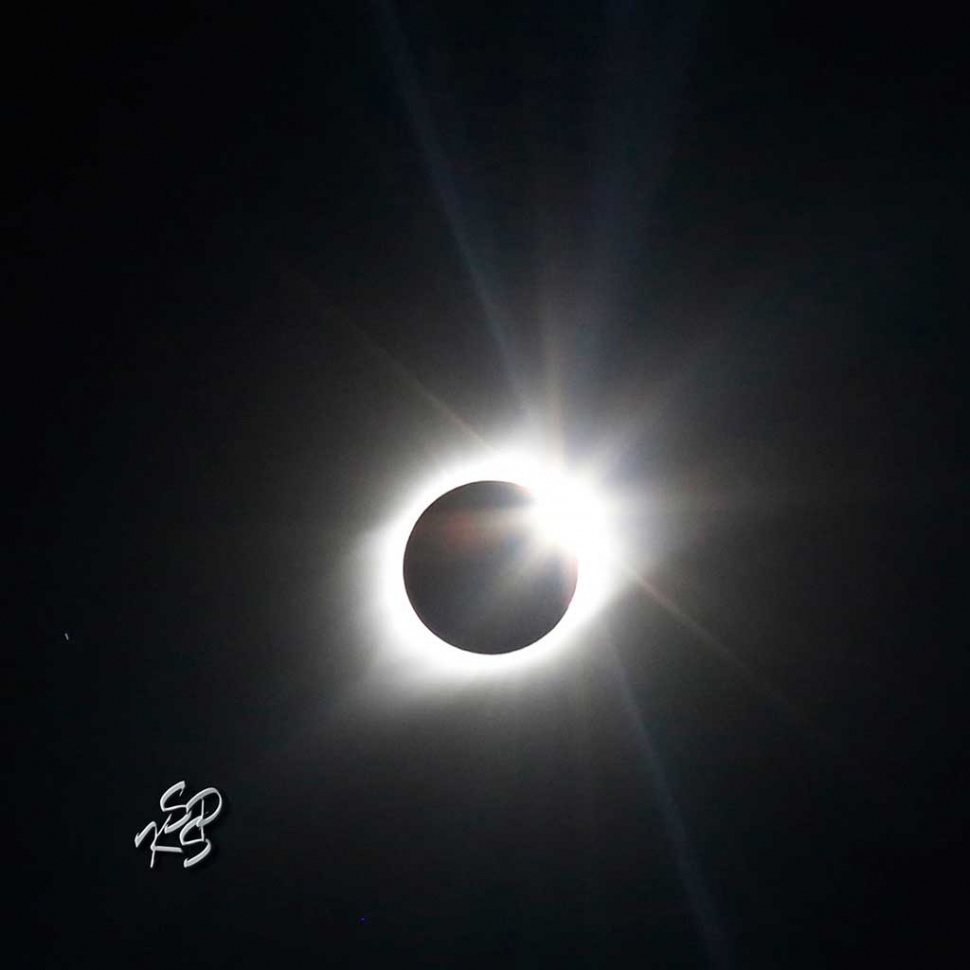 By Charles S. Morris In Fillmore, the eclipse on August 21st was an interesting event. For those in the thin band of totality, it was spectacular. As totality approaches, you notice that the sky is gotten quite a bit darker and the temperature has dropped. The sky takes on a very eerie look. The planet Venus can now easily be seen. With only seconds to go, looking to the West, the sky darkens in that direction, as the moon's shadow approaches. Looking through a filter, one can see just a thin arc of light where the sun used to be. And then it's gone. There are yells of excitement and "filters off" and then it becomes quiet. Looking up where the sun is supposed to be, without any filters because none are needed, there is a black hole in the sky. This is literally the dark side of the moon on full display. It is not totally round because the moon has valleys and mountains that are projected along the limb. In certain places you see small bits of pink or red gas that hangs above the sun's surface. These are called prominences. We can use special telescopes to see prominences without an eclipse, but they are even more impressive when projected onto the white solar corona, the outer atmosphere of the sun. Visually, the solar corona extends one or two solar diameters away from the sun. Being at solar minimum, very few sunspots on the sun, the solar corona is distinctly extended. It is the solar corona we can't see from Earth, except during an eclipse And the human eye sees all this at once. Extending over you is literally a dome of darkness during totality, not totally dark, but perhaps like twilight an hour after sunset. Brighter stars and planets can be seen. For this eclipse, Venus was obvious and Regulus, the brightest star in Leo the lion, was visible near the sun. Other stars and planets were no doubt visible, if one looked for them. Along the horizon in all directions the sky is brighter. It is like a cone of darkness has descended on you, which is exactly what has happened. You are completely under the moon's shadow. I was in Gendo, Wyoming for the August 21, 2017 total solar eclipse. Gelndo was on what is called the centerline of the eclipse and provided viewers with 2 minutes and 25 seconds of totality. This was the first total solar eclipse in the continental United States since 1979 and was expected to be seen by millions of people. Personally, I have been fortunate to have been to six total solar eclipses. Why do people go all over the world to see these rare events? Because eclipses are one of the most awe-inspiring sights that nature produces. No photograph or video can do justice to what the eye sees, although pictures and video can give a hint of the excitement. For camera buffs, the pictures included in this article were taken with a handheld Canon 6D camera with a 200 mm lens, which is an unorthodox method for photographing eclipses, but allowed for taking minimum equipment. The exposure was fixed at 1/500 sec, f/8 and the ISO was varied between 200 and 4000 during the eclipse, which effectively increased the exposure. This method also provided more time for just looking at the eclipse. The next total solar eclipse in the United States will be in April 8, 2024. However, every year or so there is a total solar eclipse someplace in the world. More and more people are traveling to see these rare gems of nature. The first thing that is often asked after a total solar eclipse is "When is the next one?" Chasing solar eclipses is addictive. |
